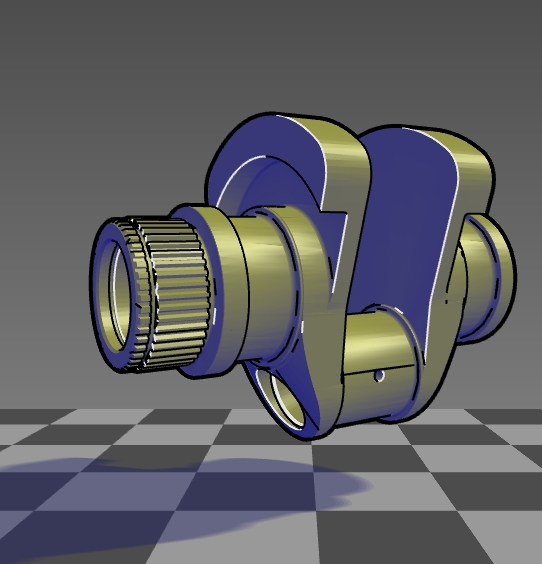
|
Bruce Gooch - Peter-Pike J. Sloan - Amy Gooch - Peter Shirley - Richard Riesenfeld
A rendering is an abstraction that favors, preserves, or even emphasizes some qualities while sacrificing, suppressing, or omitting other characteristics that are not the focus of attention. Most computer graphics rendering activities have been concerned with photorealism, i.e., trying to emulate an image that looks like a high-quality photograph. This laudable goal is useful and appropriate in many applications, but not in technical illustration where elucidation of structure and technical information is the preeminent motivation. This calls for a different kind of abstraction in which technical communication is central, but art and appearance are still essential instruments toward this end. Work that has been done on computer generated technical illustrations has focused on static images, and has not included all of the techniques used to hand draw technical illustrations. A paradigm for the display of technical illustrations in a dynamic environment is presented. This display environment includes all of the benefits of computer generated technical illustrations, such as a clearer picture of shape, structure, and material composition than traditional computer graphics methods. It also includes the three-dimensional interactive strength of modern display systems. This is accomplished by using new algorithms for real time drawing of silhouette curves, algorithms which solve a number of the problems inherent in previous methods. We incorporate current non-photorealistic lighting methods, and augment them with new shadowing algorithms based on accepted techniques used by artists and studies carried out in human perception. This paper, all of the images, and a mpeg video clip are available at http://www.cs.utah.edu/bgooch/ITI/.